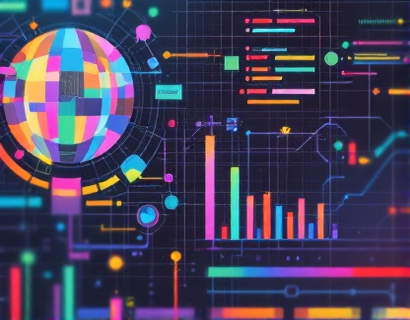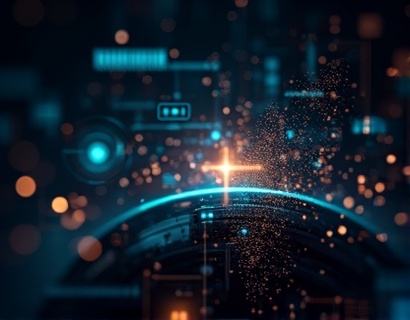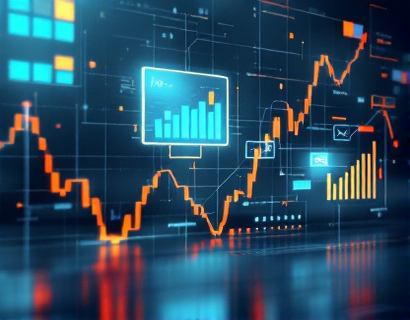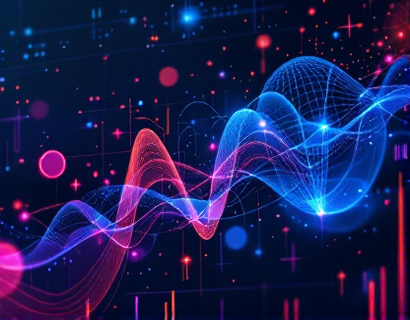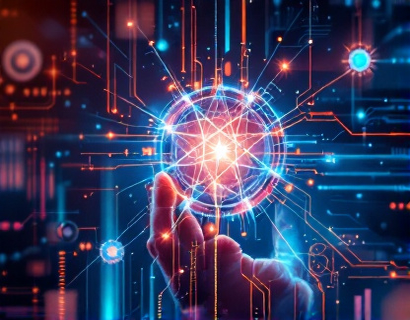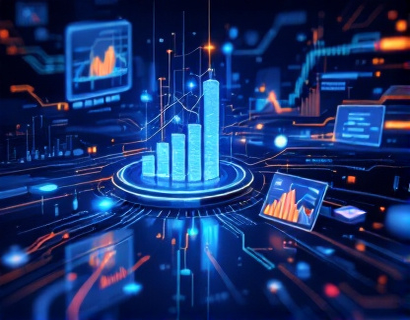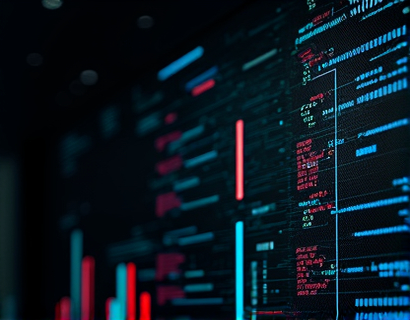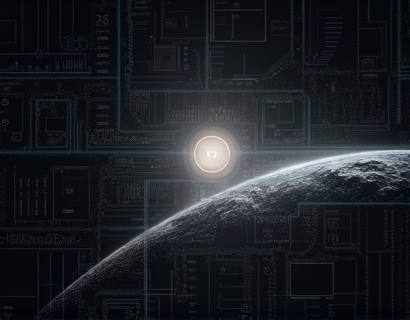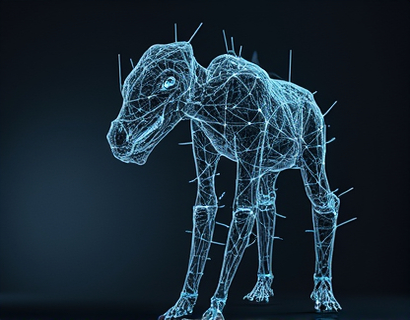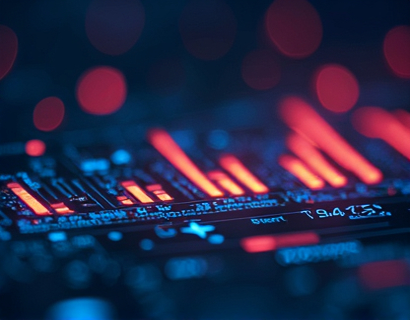The Convergence of AI and Crypto: Pioneering Digital Transformation
The intersection of artificial intelligence and cryptocurrency is giving birth to a new era of digital transformation, one where blockchain technology and machine learning converge to create groundbreaking applications and services. This fusion, often referred to as BlockchainAI, is redefining the way we interact with digital platforms, enhancing user experiences, and driving innovation across various industries. As tech-savvy individuals and professionals delve deeper into the realms of cryptocurrency and blockchain, understanding the synergy between AI and crypto becomes crucial for harnessing the full potential of these technologies.
Understanding Blockchain and AI
Blockchain technology, at its core, is a decentralized ledger that records transactions across multiple computers in a way that ensures security, transparency, and immutability. It underpins cryptocurrencies like Bitcoin and Ethereum, enabling peer-to-peer transactions without the need for intermediaries. On the other hand, artificial intelligence involves the simulation of human intelligence processes by machines, particularly computer systems. These processes include learning, reasoning, and self-correction. When combined, these technologies can create systems that are not only secure and transparent but also intelligent and adaptive.
The Synergy of Blockchain and AI
The integration of AI with blockchain technology offers a multitude of benefits. AI can enhance the efficiency and functionality of blockchain networks by automating complex tasks, optimizing resource usage, and improving data analysis. For instance, machine learning algorithms can be used to predict network congestion, optimize transaction processing, and enhance security measures by identifying and mitigating potential threats. Conversely, blockchain provides a robust and trustless environment for AI models to operate, ensuring data integrity and reducing the risk of manipulation or fraud.
Smart Contracts and AI
One of the most promising applications of the blockchain-AI convergence is in the realm of smart contracts. Smart contracts are self-executing contracts with the terms of the agreement directly written into code. When AI is integrated into smart contracts, these contracts can become more dynamic and intelligent. For example, AI can analyze real-time data to trigger contract executions based on specific conditions, automate complex business processes, and ensure that all parties adhere to the agreed terms. This not only increases efficiency but also reduces the need for manual intervention and oversight.
Decentralized AI Markets
Decentralized AI markets are another exciting development at the intersection of blockchain and AI. These platforms allow developers and users to buy, sell, and trade AI models and data sets in a transparent and secure manner. Blockchain ensures that transactions are verifiable and that intellectual property rights are protected. AI models can be tokenized, making them tradable assets. This market-driven approach fosters innovation by enabling a broader range of participants to contribute to and benefit from AI advancements.
Enhanced Data Privacy and Security
Data privacy and security are paramount concerns in the digital age, and the combination of blockchain and AI offers robust solutions. Blockchain's decentralized nature and cryptographic techniques provide a secure framework for storing and sharing data. AI can further enhance this by developing advanced encryption methods and anomaly detection systems. For instance, AI-driven security protocols can continuously monitor network activity, detect unusual patterns, and respond to threats in real-time, ensuring that sensitive information remains protected.
Improved User Experiences
The convergence of AI and blockchain is not just about backend efficiency; it also significantly enhances user experiences. AI can analyze user behavior and preferences to personalize services and recommendations, making interactions more intuitive and seamless. On blockchain-based platforms, this personalization can be combined with the transparency and control that users have over their data. For example, users can choose what data to share and with whom, while AI ensures that the services provided are tailored to their specific needs and preferences.
Case Studies and Real-World Applications
Several projects and platforms are already leveraging the power of BlockchainAI to drive innovation. One notable example is a decentralized finance (DeFi) platform that uses AI to optimize lending and borrowing processes. By analyzing market data and user behavior, the platform can dynamically adjust interest rates and credit scores, making financial services more accessible and efficient. Another example is a supply chain management system that uses blockchain to ensure transparency and traceability, combined with AI for predictive maintenance and demand forecasting, reducing costs and improving operational efficiency.
Challenges and Considerations
Despite the numerous benefits, the integration of AI and blockchain is not without challenges. Scalability remains a significant issue, as both technologies require substantial computational resources. Ensuring that blockchain networks can handle the increased load from AI operations is crucial for widespread adoption. Additionally, regulatory frameworks are still evolving, and there is a need for clear guidelines to govern the use of these technologies. Privacy concerns also persist, as the combination of AI and blockchain can potentially lead to more invasive data analysis if not properly managed.
Future Prospects
The future of BlockchainAI is promising, with ongoing research and development poised to address current challenges and unlock new possibilities. Advancements in quantum computing, for instance, could revolutionize the way AI algorithms are executed on blockchain networks, making them faster and more efficient. The development of more user-friendly interfaces and tools will also democratize access to these technologies, allowing a broader audience to benefit from their capabilities. As the ecosystem matures, we can expect to see more sophisticated and integrated applications that seamlessly blend the strengths of AI and blockchain.
Conclusion
The convergence of AI and blockchain is a transformative force in the digital landscape, offering unprecedented opportunities for innovation and efficiency. By leveraging the strengths of both technologies, we can create more secure, transparent, and intelligent systems that enhance user experiences and drive digital transformation across various sectors. As tech enthusiasts and professionals continue to explore this exciting frontier, the potential for groundbreaking applications and services is limitless.




